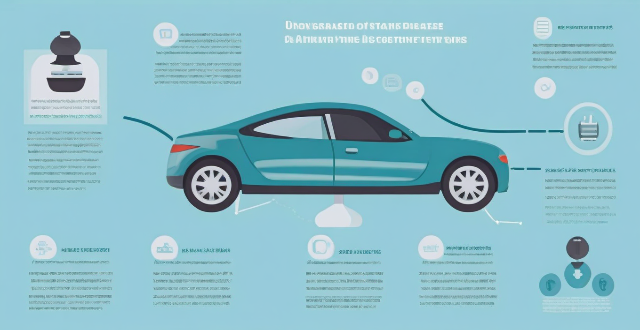The decision to fix a car's air conditioning system oneself or seek professional help depends on factors like knowledge, tools availability, and problem complexity. Diagnostic steps involve checking refrigerant levels, examining the compressor belt, inspecting electrical connectors, and listening for unusual noises. Common repairs include recharging the refrigerant, replacing the compressor belt, cleaning coils, and making electrical repairs. While DIY can save costs and offer learning experiences, it risks causing further damage and safety concerns. Professional repair ensures expertise and warranty but is costlier. The choice between DIY and professional repair should consider these aspects carefully.

Can I Fix My Car's Air Conditioning System Myself or Do I Need a Professional?
Introduction
Car air conditioning systems are complex mechanisms that require proper maintenance and, at times, repair. The decision to fix it yourself or seek professional help depends on several factors, including your knowledge of the system, the availability of tools, and the complexity of the issue at hand.
Factors to Consider Before DIY
Knowledge and Experience
- Are you familiar with the basic components of an air conditioning system?
- Do you have prior experience in fixing car AC systems?
Tools and Equipment
- Do you have access to the necessary tools required for the job?
- Are these tools specific to car AC repairs, or are they general-purpose tools?
Complexity of the Issue
- Is the problem straightforward (e.g., recharging the refrigerant) or more complex (e.g., compressor replacement)?
- Will you need to disassemble multiple components to reach the faulty part?
Steps Involved in Fixing a Car Air Conditioning System
Diagnosing the Problem
1. Check the Refrigerant Levels: Low refrigerant levels can cause the AC to blow warm air.
2. Inspect the Compressor Belt: A worn-out belt can affect the compressor's performance.
3. Examine Electrical Connectors: Faulty wiring or connectors can disrupt power supply to the AC unit.
4. Listen for Unusual Noises: Grinding or squealing sounds often indicate a problem with the compressor or belt.
Common Repairs
1. Recharging the Refrigerant: This involves adding more refrigerant if the levels are low.
2. Replacing the Compressor Belt: If the belt is damaged, it needs to be replaced.
3. Cleaning the Evaporator and Condenser Coils: Dirt and debris can accumulate on these coils, affecting efficiency.
4. Electrical Repairs: This may include replacing fuses, relays, or fixing wiring issues.
DIY vs. Professional Repair
Advantages of DIY
- Cost Savings: You can save money by doing it yourself.
- Learning Experience: You gain knowledge about your car's AC system.
Risks of DIY
- Potential for Further Damage: Without proper knowledge, you might cause additional harm.
- Safety Risks: Handling refrigerants requires caution as they can be hazardous.
Advantages of Professional Repair
- Expertise: Mechanics have the expertise to diagnose and fix complex issues.
- Warranty: Professional repairs often come with a warranty.
Disadvantages of Professional Repair
- Higher Costs: Professional services can be expensive compared to DIY.
- Time Constraints: You might have to leave your car at the garage for a few days.
Conclusion
While some simple tasks like recharging the refrigerant or replacing the compressor belt can be done by a DIY enthusiast with the right tools and knowledge, more complex issues are best left to professionals. It's essential to weigh the pros and cons carefully before deciding whether to tackle the job yourself or seek professional assistance.